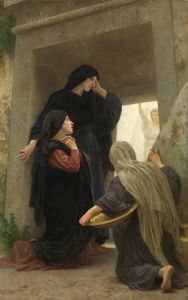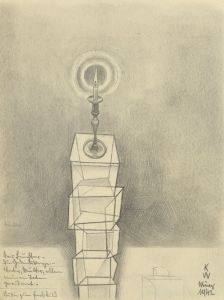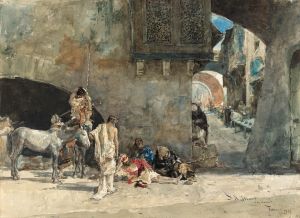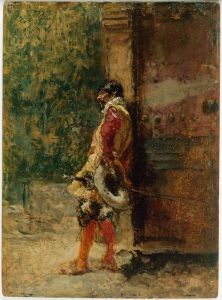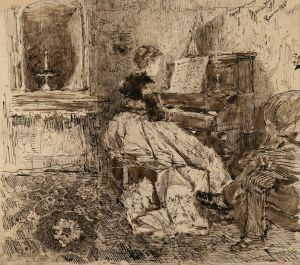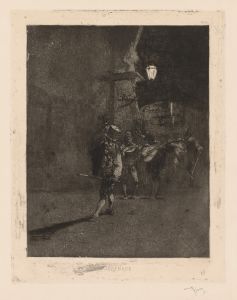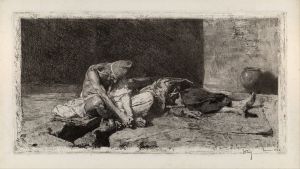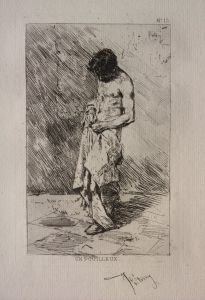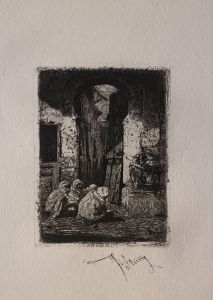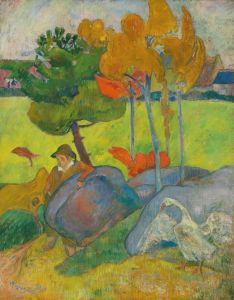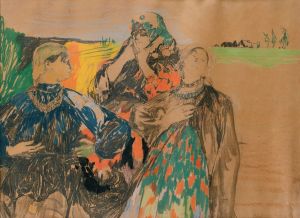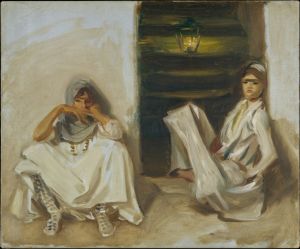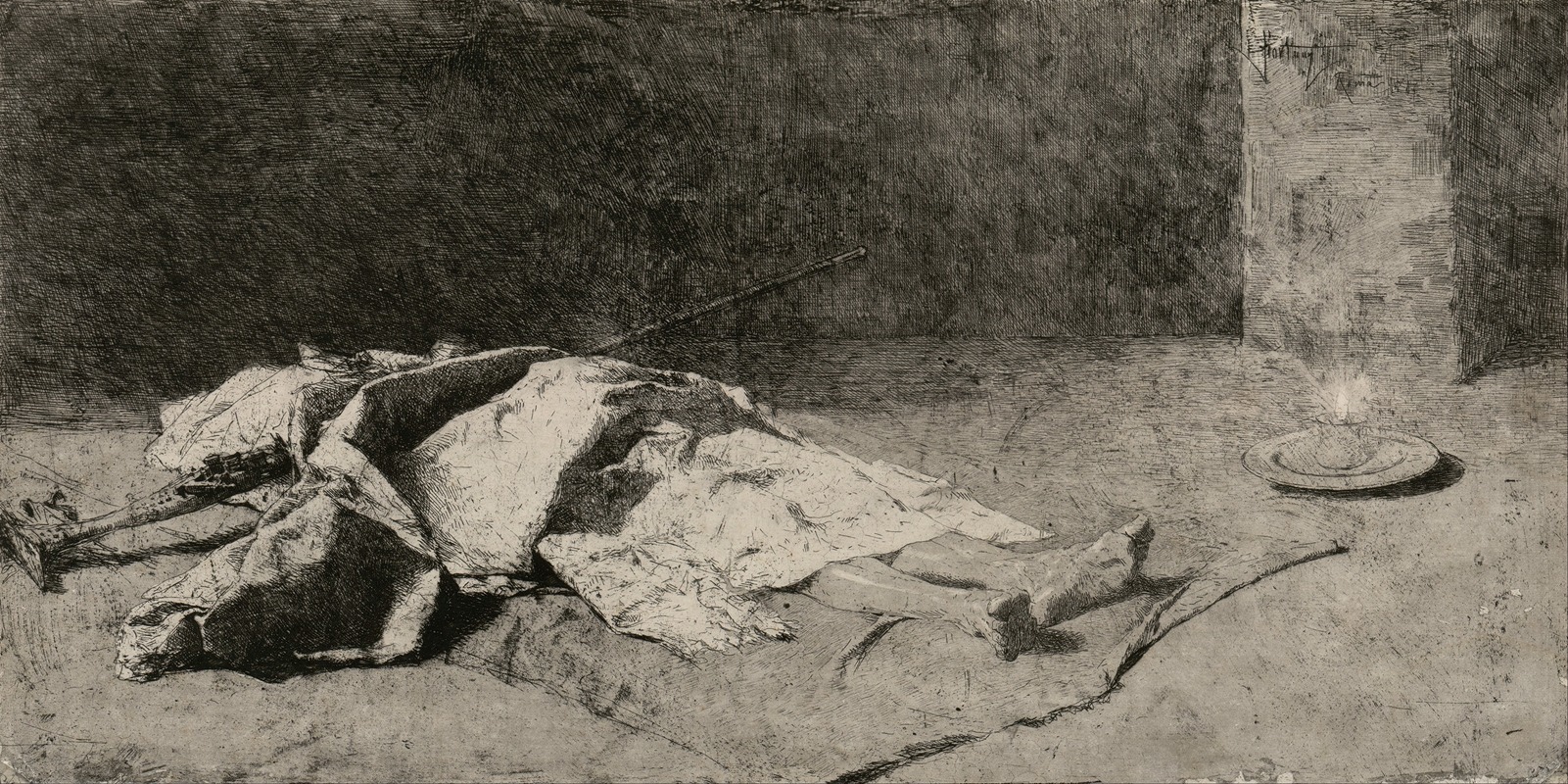
Dead Kabyle
A hand-painted replica of Mariano Fortuny Marsal’s masterpiece Dead Kabyle, meticulously crafted by professional artists to capture the true essence of the original. Each piece is created with museum-quality canvas and rare mineral pigments, carefully painted by experienced artists with delicate brushstrokes and rich, layered colors to perfectly recreate the texture of the original artwork. Unlike machine-printed reproductions, this hand-painted version brings the painting to life, infused with the artist’s emotions and skill in every stroke. Whether for personal collection or home decoration, it instantly elevates the artistic atmosphere of any space.
"Dead Kabyle" is an oil painting created by the Spanish artist Mariano Fortuny Marsal in 1867. The work is one of Fortuny's notable pieces and reflects his interest in Orientalist themes, which were popular in 19th-century European art. Fortuny was known for his detailed and vibrant depictions of scenes inspired by his travels, particularly in North Africa.
The painting portrays the lifeless body of a Kabyle man, a member of the Berber ethnic group native to the Kabylie region of Algeria. The figure is shown lying on the ground, with his face partially obscured and his body draped in traditional clothing. The setting is stark and barren, emphasizing the somber and dramatic tone of the scene. The composition is marked by Fortuny's meticulous attention to detail, particularly in the textures of the fabric and the natural surroundings.
"Dead Kabyle" was created during a period when Fortuny was deeply influenced by his experiences in Algeria, a French colony at the time. He traveled to the region in 1860 as part of an artistic expedition, and the landscapes, people, and culture he encountered had a profound impact on his work. The painting reflects the Orientalist fascination with exotic and distant cultures, a trend that was prevalent among European artists and writers during the 19th century. However, it also conveys a sense of realism and humanity, distinguishing Fortuny's approach from more romanticized depictions of the East.
The artwork is often interpreted as a reflection of the violence and struggles faced by the Kabyle people during the colonial period, though Fortuny's exact intentions remain unclear. The painting does not provide explicit context about the circumstances of the man's death, leaving its meaning open to interpretation. It is considered a powerful example of Fortuny's ability to combine technical skill with emotional depth.
Today, "Dead Kabyle" is recognized as an important piece within Fortuny's oeuvre and within the broader context of Orientalist art. The painting is housed in the Museu Nacional d'Art de Catalunya (MNAC) in Barcelona, Spain, where it is part of the museum's extensive collection of 19th-century art. Fortuny's work continues to be studied and appreciated for its artistic merit and its historical significance in the context of European art history.





